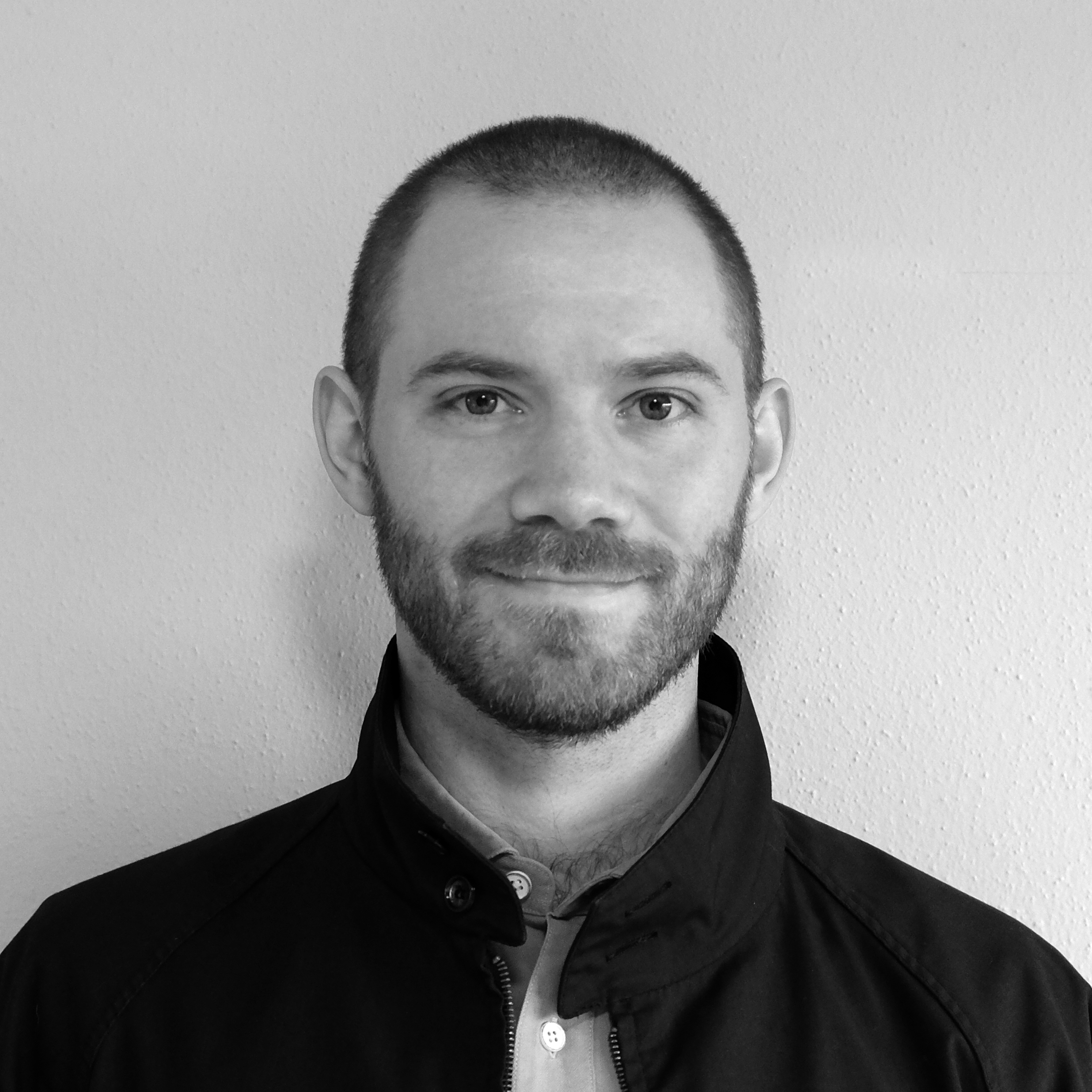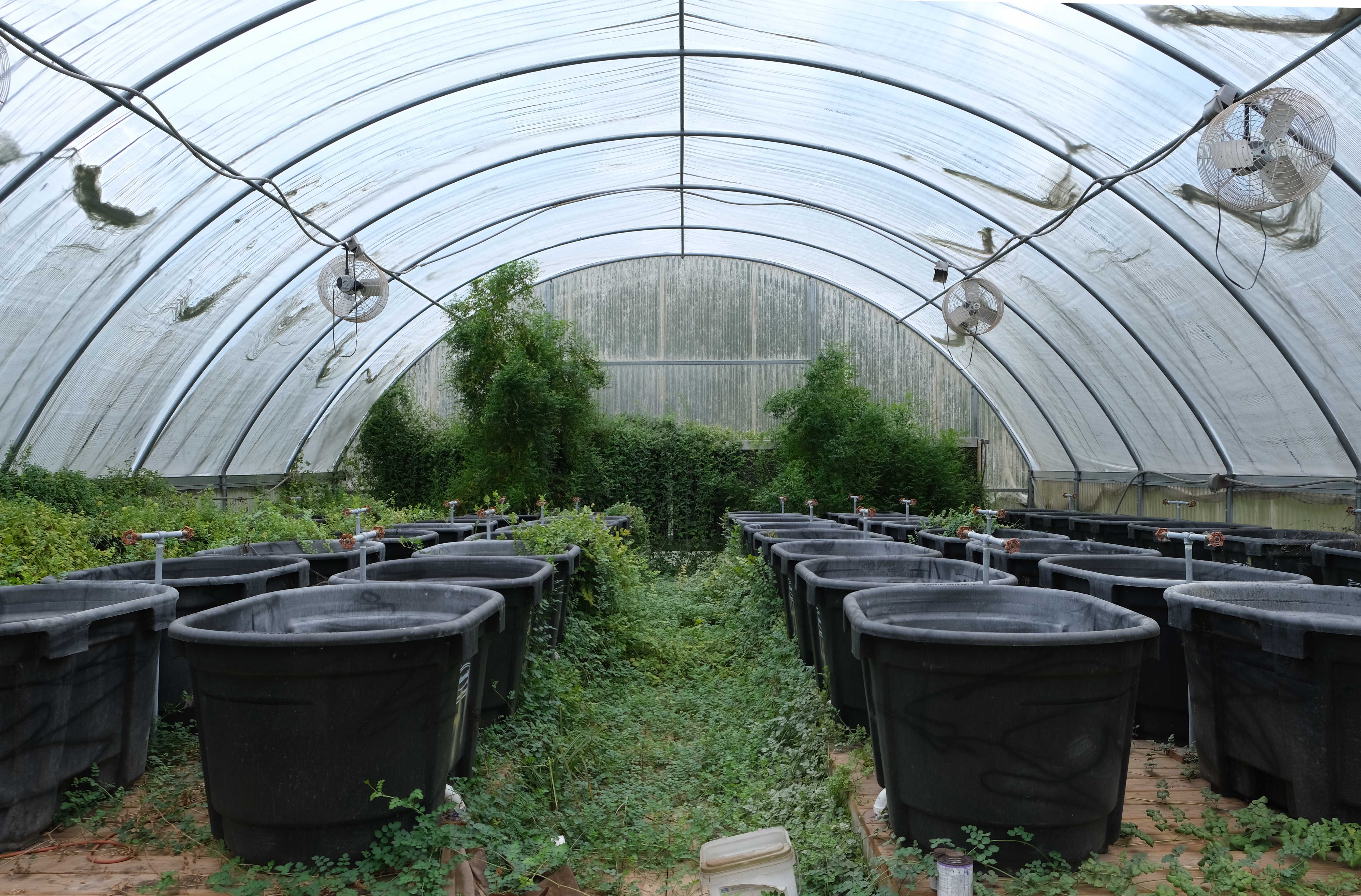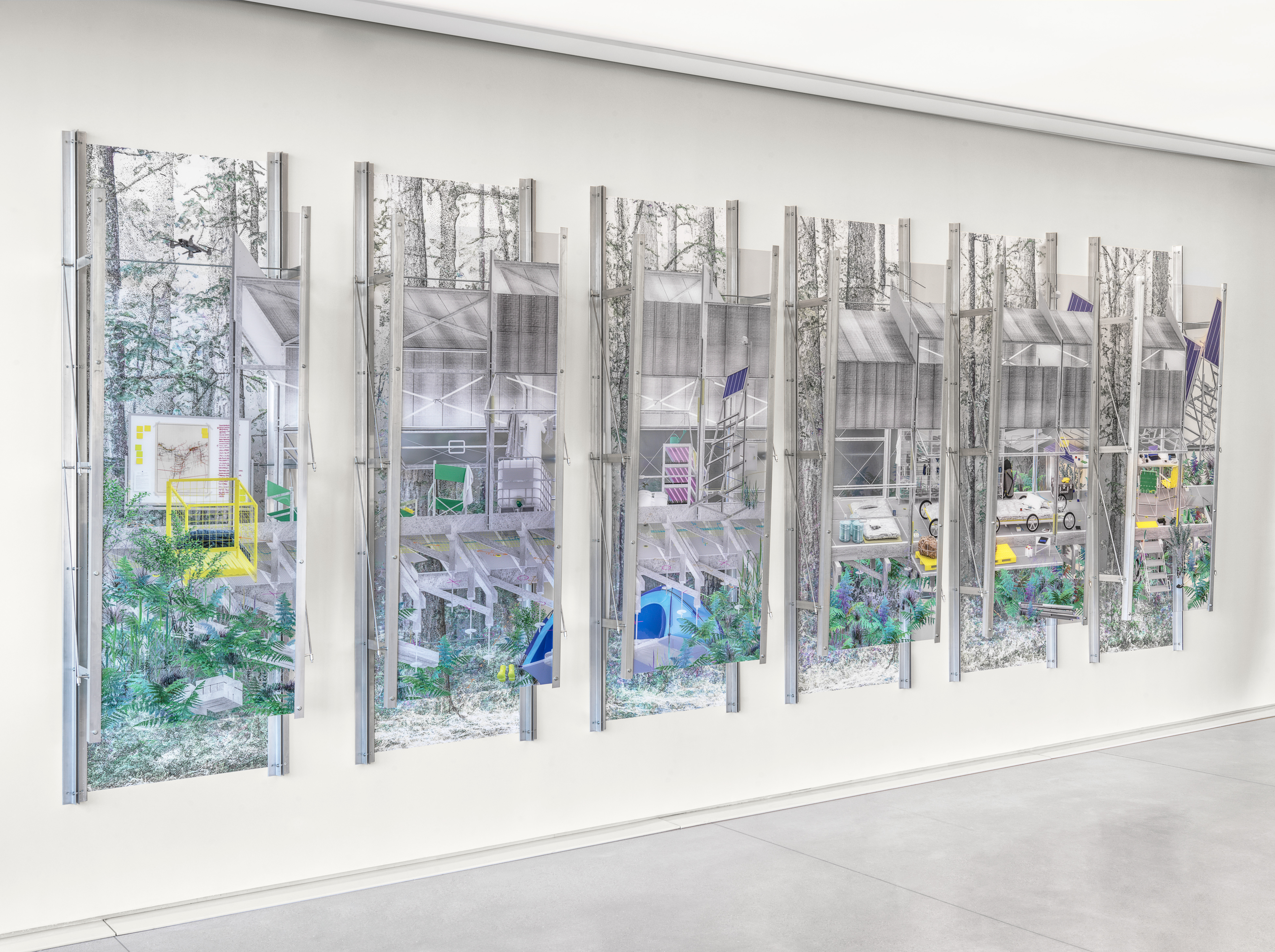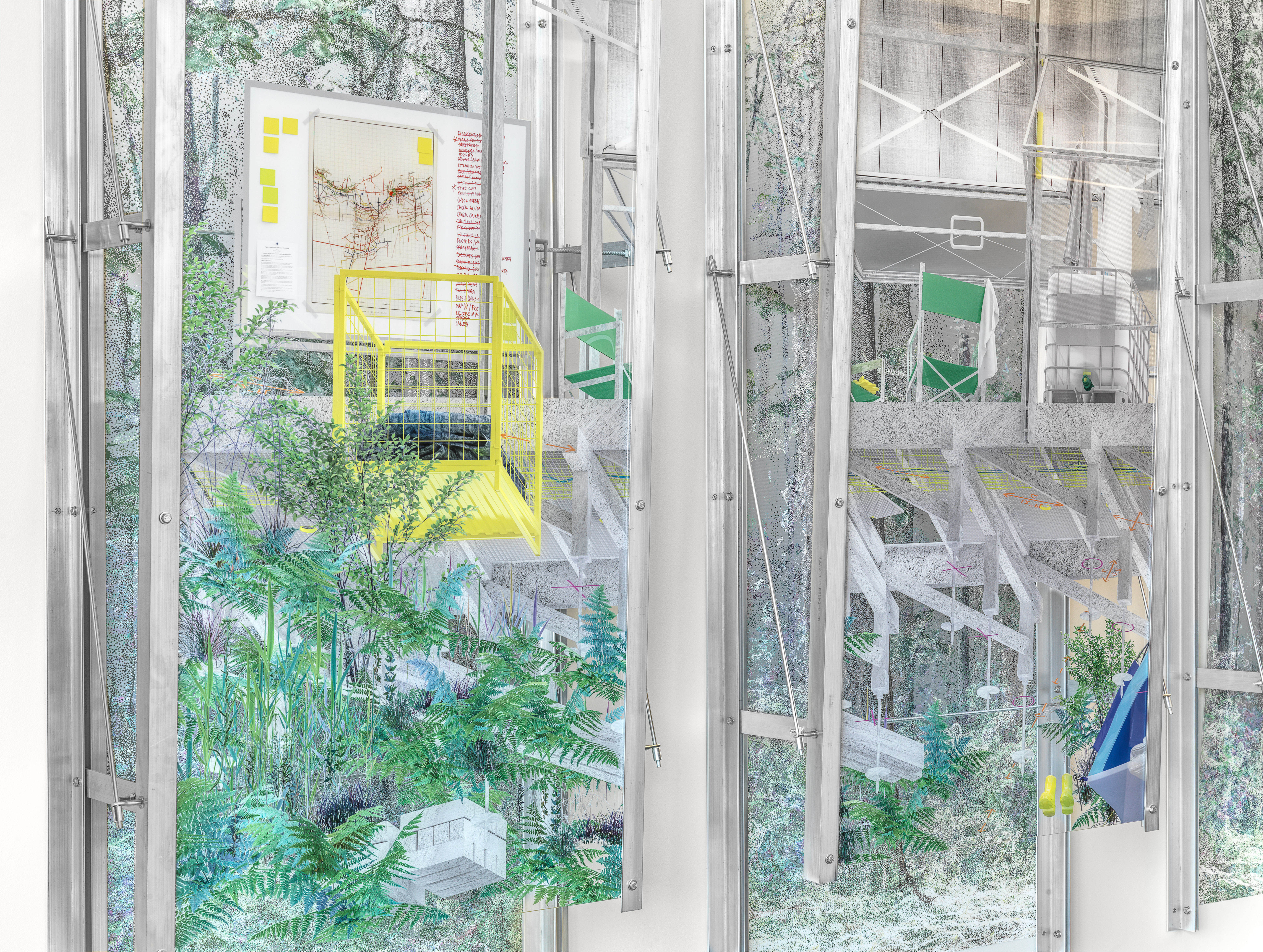

Name: Daniel Jacobs
Award: UH New Faculty Research Award
Proposal: “MESO-COSM: Between the Laboratory and the Planet”
Amount: $6,000
Proposal Overview
MESO-COSM: Between the Laboratory and the Planet is a proposal for a multi-disciplinary research and design project, as well as a public exhibition opening in the Fall of 2023 at the Hines College’s Mashburn Gallery. The project investigates the “mesocosm,” which is an experimental infrastructure scaled between the microcosm of the laboratory, and the macrocosm of the “real world.” Mesocosm experiments seek to create replicable ecosystems–from forest streams, to coastal prairies, to marine habitats–to study the long-term effects of climate change and other disturbances on ecological processes. Beyond their experimental applications, these mesocosm infrastructures are experiential pedagogical spaces. Located in field stations outside of the campus environment, they create embodied spaces for learning and teaching outside of the classroom, enabling students to explore complex ecosystem relations and fieldwork methods. The project is a collaboration between the UH Gerald D. Hines College of Architecture and Design and Rice Architecture.
What inspired your proposal?
My partner Brittany Utting and I became interested in mesocosms through research we conducted last year about biological field stations. Field stations are architectural sites of environmental sensing, climate action, pedagogy, and ecosystem care. The result of this research project was a public art piece at the Sam Fox School of Design and Visual Arts at Washington University in St. Louis, called FIELD-STATION. As part of this research project, we visited several field stations that contained mesocosm experiments, such as the University of Houston Coastal Center (UHCC) and Sam Houston State University Center for Biological Field Studies (CBFS). In the course of our site visits and conversations with local scientists, we learned more about the spatial practices of research, not only the technical construction of mesocosms, but also how field work related to environmental pedagogy. Mesocosm experiments can be found all over the world in all types of landscapes, but information and representation about them are rare. We wanted to introduce this research into design thinking, using the mesocosm as a new frame through which to reimagine architecture’s role in a changing climate.
What do you hope to accomplish?
MESO-COSM: Between the Laboratory and the Planet will explore how these experiments—both through their technical forms and architectural expressions—operate as a critical interface of climate care and environmental pedagogy. The research phase will consist of spatial and technical analysis of the many examples of mesocosm experiments (both historical and currently operational) to understand the different typologies of experiments, as well as their application to architectural thinking. The project positions the mesocosm as a useful construction for designers, urbanists, ecologists, and others in the environmental humanities to think about new modes of mediating and observing transformations of landscapes and ecologies.
How will this research support your overall professional research goals?
The intent of the research and public exhibition is to use design as a means to broaden conversations about experimental fieldwork, mesocosm experiments, and bring a multidisciplinary approach to environmental design research to a broader public. Focusing on the relationship between architecture, climate change, and ecological stewardship, MESO-COSM: Between the Laboratory and the Planet works toward the Hines College’s vision to tackle the increasingly urgent issue of climate change and its effect on the environment.
How may Hines College students benefit from your research?
I always try to incorporate the research we do in our practice with the topic studios
I have been running, which attempt to unpack our troubled relationship to environmental
systems and use design to imagine alternative futures. The research and exhibition
phases also allow students to participate in the project through the panel discussion,
lecture, and programming we are organizing around the exhibition.


FIELD-STATION (2022) , HOME-OFFICE, Sam Fox School of Design and Visual Arts, St. Louis, MO, © 2023 Alise O’Brien Photography